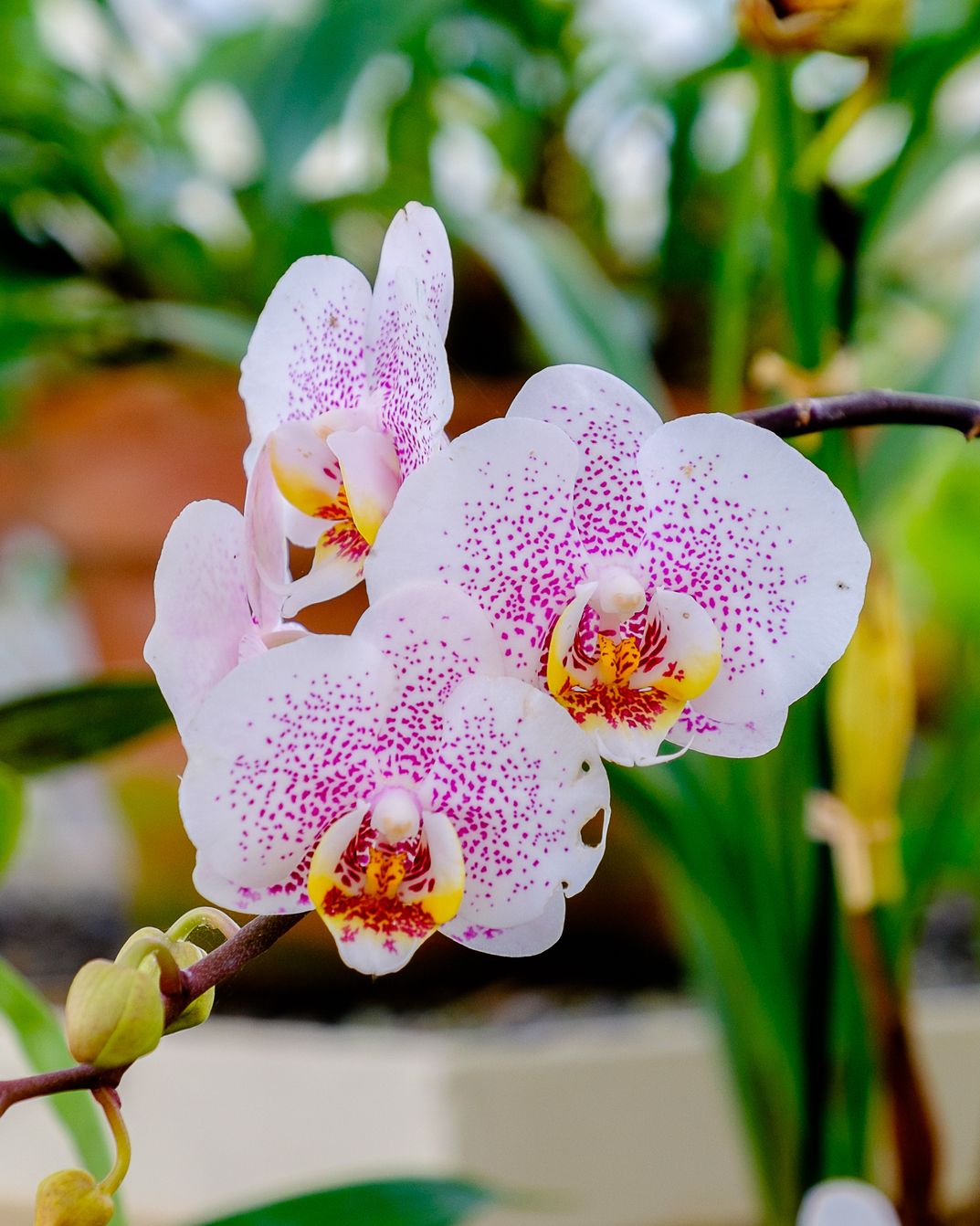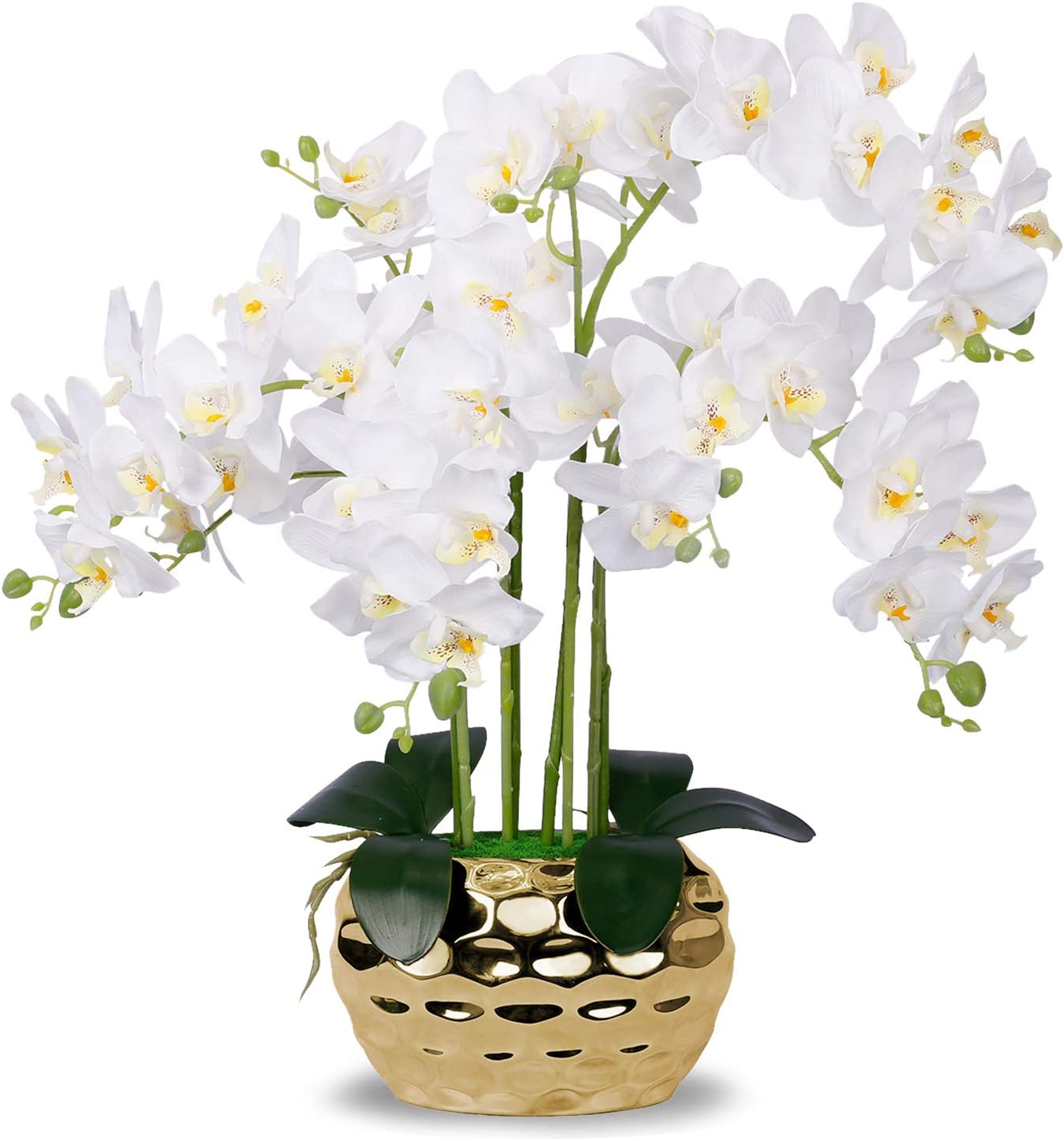
The remarkable and exquisite flowers of orchids enhance the elegance and wonderful mood of your place. However, gardeners occasionally run into problems when trying to figure out the best maintenance schedule for these lovely flowers to rebloom.
Do orchids therefore regrow? Find out how to maintain your orchids’ health and blooming for many years by reading on.
If you give your orchids the right plant care, they will continue to grow back throughout the course of their entire life. As long as the flower spike is still green, they can rebloom on it.
To encourage bushy and lush growth, you can alternatively choose to clip the old, barren flower spike back to a node.
This ensures the general health of your plant. Let’s now discover more about these unique blooms.
Table of Contents
How do you get an orchid to bloom again?
Once the last flower has wilted, orchids will begin to blossom once again. However, if the spike has become yellow or brown, you must completely remove it. It’s also a good idea to get rid of the entire old flower spike.
The orchid will direct its energy toward producing more leaves and roots as a result of being cut back to the node, which will help it grow strong and produce a brand-new flower spike.
Sterilizing your garden shears and other cutting equipment before using it is one of the best ways to stop bacteria and fungi from infecting your lovely orchids.
Since orchids are susceptible to bacterial and fungal diseases, add a fungicide right away to the area where you trimmed a flower spike.
Let’s now address some additional frequently asked issues before I give some gardening advice for successfully reblooming your orchid plant.
How long does it take for an orchid to rebloom?
A time of dormancy where the blooming of an orchid plant pauses may occur. The plant can restore the nutrients used during the blooming process during this stage, which is a period of rest. An orchid plant’s life cycle looks like this.
Depending on the kind, some orchids lose their flowers and foliage, while others could appear to be dormant. It typically lasts between six and nine months. Once the orchid has recovered its vigor, it should be prepared to bloom after this.
The ideal time to prune your orchid is during this period of relaxation. Simply repot it if it has outgrown its container and remove old roots so that new ones can grow for the sake of the plant’s general health.
Do orchids come back each year?

An orchid’s growth is influenced by its environment, just like human growth is. Its healthy development and optimum growing potential depend on suitable habitat. It requires infrequent watering, once every two to three weeks, moderate room temperatures, and indirect sunlight.
They need to be maintained away from sudden temperature changes and ripening fruit since they emit gas that could injure plants.
Do orchids grow back after they die?
The only orchid that can regrow is a living plant. A dead orchid has soft, mushy, rotten roots that are brown or black in color. When the roots get to this point, they are unable to take nutrients, oxygen, and water from the soil. Because of this, its leaves are ready to drop off the stem after wilting and withering.
In light of this, looking at the roots is the best way to tell if your orchid is still alive. It is still alive and may be in dormancy if the roots are still green, or it may need assistance renewing its vitality.
Sometimes a single decaying root on your orchid plant needs to be removed right away in order to prevent fungi and bacteria from spreading to the rest of the plant. This encourages healthy root growth and provides a more strong support system for the plant.
To keep your orchids blooming, allow me to provide you a few extra care suggestions.
What do you do with an orchid after it blooms?
Learn about the few activities you can engage in while you wait for your orchids to blossom again.
- Make it fertile.
Fertilize it
Simply be sure to fertilize the orchid plant once a month if you decide to leave it alone. Using a balanced fertilizer or houseplant fertilizer, you can do this every other week.
By doing this, the orchid plant ensures that the old spike can still support fresh blooms. Laissez l’orchidee produce fresh side flower spikes.
Completely trim the floral spike. Because of this, the orchid plant can reroute energy to its leaves and roots. It makes it stronger and encourages the growth of a brand-new bloom spike.
- Give it filtered light
Give it indirect sunlight
Moving your orchids to a location where they receive the same quantity of indirect sunlight exposure as before will also help them blossom again.
Make sure that the temperature at night is a little bit lower than it is now (ideally between 55 to 65 degrees F). It should not be exposed to direct sunlight as it will scorch its leaves. The black tips on its leaves are a sign of this. That indicates that your plant has sunburn.
When a root-like new growth begins to shoot upwards and the tip resembles more of a mitten than a rounded root tip, this is a sign that an orchid flower spike has formed. The orchid can be put back in its usual setting once you’ve located the flower spike.
Maintain the flower spike with a stake along the way as it grows. Avoid rotating an orchid when it is developing its flowers if you want to make an artistic display of them. Otherwise, the flowers begin to twist while still on the stem, and you risk losing a beautiful display of arching flowers.
